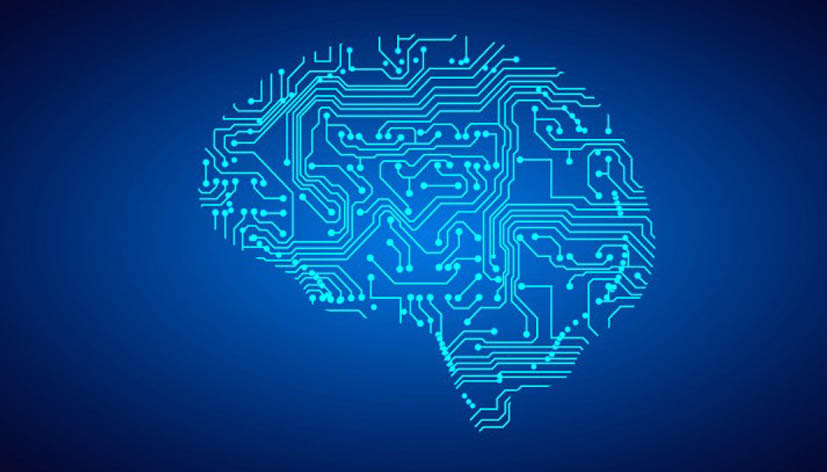
Source: Pixabay
In a groundbreaking development, researchers in London have unveiled a haptic-feedback fingertip device that mimics the sensation of interacting with real objects.
What is the BAMH System?
The technology, which was presented at the British Science Festival in September, marks a significant breakthrough in haptics that has a plethora of applications across multiple sectors.
For instance, an added element of touch would be ground-breaking in the realm of virtual entertainment. Consider playing a high-tech version of Paddy Power’s roulette but with the added ability to feel the felt of the mat or betting chips. Coupled with live casino games such as Lightning Roulette, it would make for a truly realistic and immersive experience. It’s clear to see, then, why the BAHM system has been gaining considerable attention.
The bioinspired haptic (BAMH) system is designed to deliver realistic feedback to the human fingertip to simulate natural touch sensations that are more realistic than other systems. In a statement from the University College London, the technology’s developers in the Mechanical Engineering department, the technology stimulates four primary touch receptors in the human skin.
These receptors are present in different proportions across the fingertip, with each specialising in detection of aspects of touch such as textures, edges or pressure. The BAHM system produces both static and pulsing stimuli at the various points on the fingertip to create the illusion of different materials being touched.
While other haptic devices exist, they are mostly non-intuitive and require training to understand what the vibrations mean. The device, which was recently exhibited at the British Science Festival and outlined in a paper in the Nature Communications journal, can currently produce feedback on one-fingertip, with the aim to develop the device into a glove.
Potential Applications
There are several potential uses of the technology that have been highlighted by the developers. The most significant could be in the medical field, allowing specialists to complete tasks such as diagnosis or even surgery remotely. Surgeons rely on tactile feedback during surgery, so this technology would be revolutionary.
Another major promise is in the advancement of virtual social interactions. The pandemic proved the limitations of video calls in social connection, so the device could be used to do everything from holding a loved one’s hand to giving someone a high-five.
In industrial or laboratory settings, the BAMH system could improve safety and efficiency on production lines, as well as the handling of hazardous waste. When integrated into robotics, operators would have greater freedom to experiment with unsafe materials with precision, without facing risks to their wellbeing.
The BAHM Haptic Technology Differences and Limitations
Unlike other haptic technological innovations, the UCL’s device utilises the 0-130 Hertz sensitivity range of the skin’s touch receptors. Some of this feedback is undetectable to the human consciousness but is still important for creating realistic and minute sensations. Each area of the fingertip receives different frequencies to simulate a specific feeling.
However, the technology is still a long way off from practical application. The current model has been programmed to emit a specific sensation, and a method must be developed to translate an object into stimuli for feedback. Nevertheless, the BAHM system is a promising display of bioinspired technology that could advance how we interact with the digital world.





































